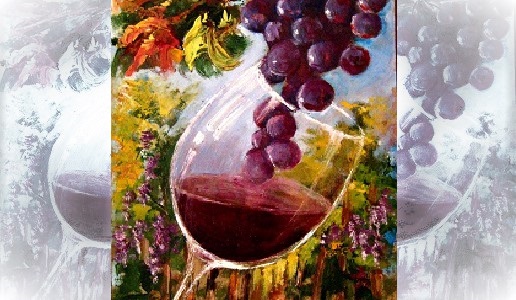Beyond the varietal

We render justice to the uniqueness of a wine’s origin determined by a vineyard, a small subzone and not just the varietal used.
One of the poorest impressions I ever made was when, many years ago, I interviewed Madame Lalou Bize-Leroy who at the time was, aside from the owner of the winery of the same name, also the president of the Domaine de la Romaine Conti. I began a question by defining her as one of the maximum authorities on Pinot Noir and she immediately cut me off. “There’s a misunderstanding here,” she said. “Pinot Noir is made in Oregon and in New Zealand. I produce Romanée Conti, La Tache and Richebourg. And while, of course, I do use that varietal, there is a big difference, don’t you think?”. She shot me down and gave me a lesson in terroir in just a nutshell.
I often remember this incident when I find myself dealing with the origin of wines. And I also remember when Luigi Veronelli, in response to my surprise, after tasting Fiorano Semillon, which was made outside Rome using a Bordeaux varietal, told me: “Look, a varietal belongs to the area where it is planted”. This was basically the same point that Madame Leroy had made.
Further confirmation of this is often offered by Luigi Moio, a professor of enology at the University of Naples Federico II. According to him, the vast majority of traditional Italian grape varieties are “neutral”, in other words, they do not have any evident varietal characteristics, those expressed by the presence of terpenes, pyrazines or the abundant presence of thiolic substances that could, for example, be formed during vinification. At the same time, they “feel” the land and climate and can change significantly when cultivated in different areas. This does not mean that the various French varietals do not do the same, only that Italian varieties essentially draw their expressiveness from the area they are produced.
One need only consider how wines differ in different regions, even when made from the same varietal. Sicily’s Il Cometa from Planeta and Campania’s Fiano di Avellino Stilema from Mastroberardino, while both made from Fiano, seem to come from two different hemispheres. And there are thousands of similar examples. One need only to consider Barolo and Gattinara, Morellino di Scansano and Brunello di Montalcino, or how Sangiovese expresses itself differently in Radda as opposed to Castelnuovo Berardenga.
All things considered, we need to go beyond focusing on the varietal. We need to accept that a Barolo is not just a Nebbiolo and a Grand Cru Vosne Romanée is simply not just a Pinot Noir. We need to render justice to the uniqueness of their origin determined by a vineyard, a small subzone and not just the grape they were made from, which is undoubtedly a key part of the puzzle but not always, especially in Italy, the most important.

 Italiano
Italiano







